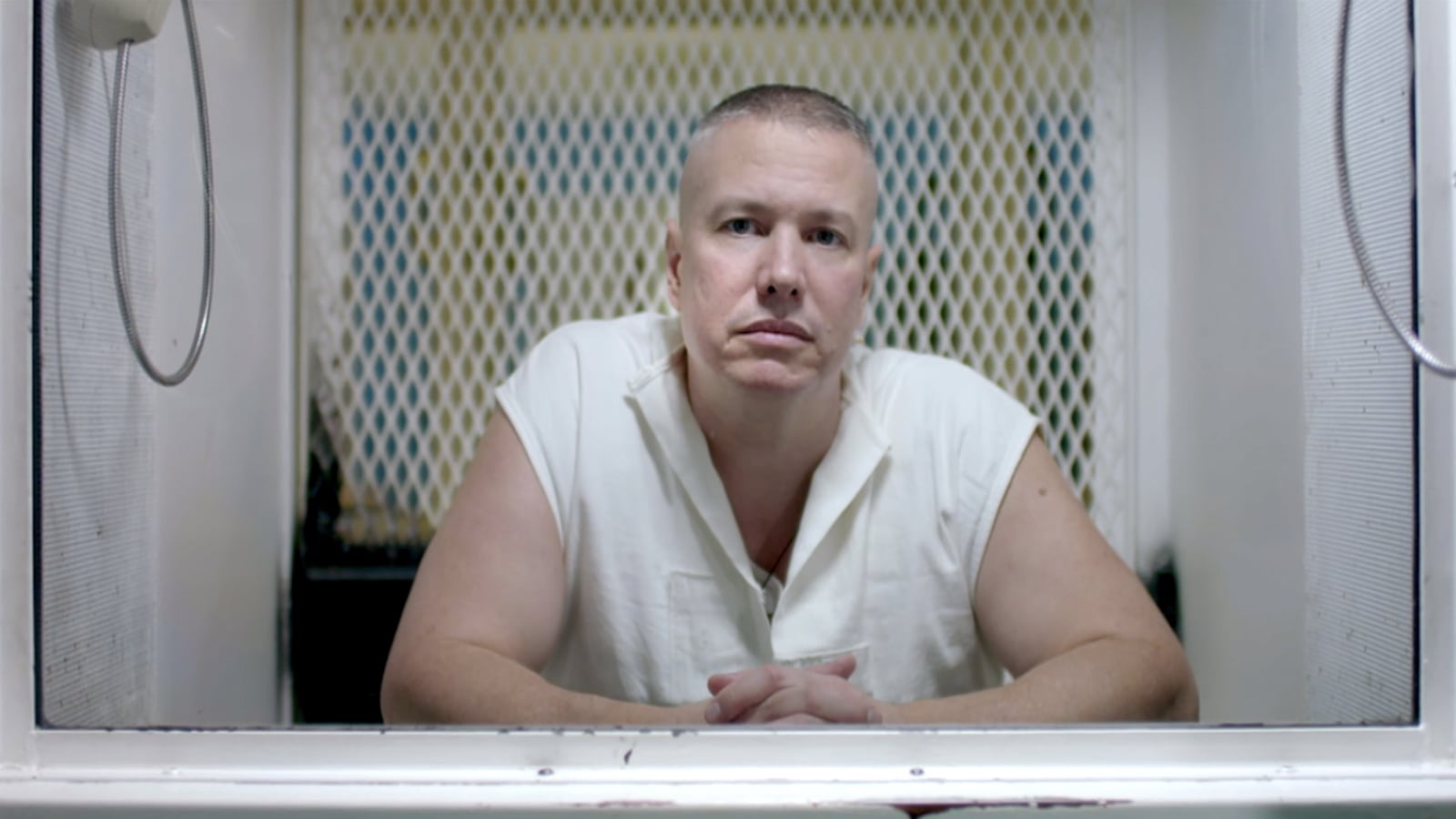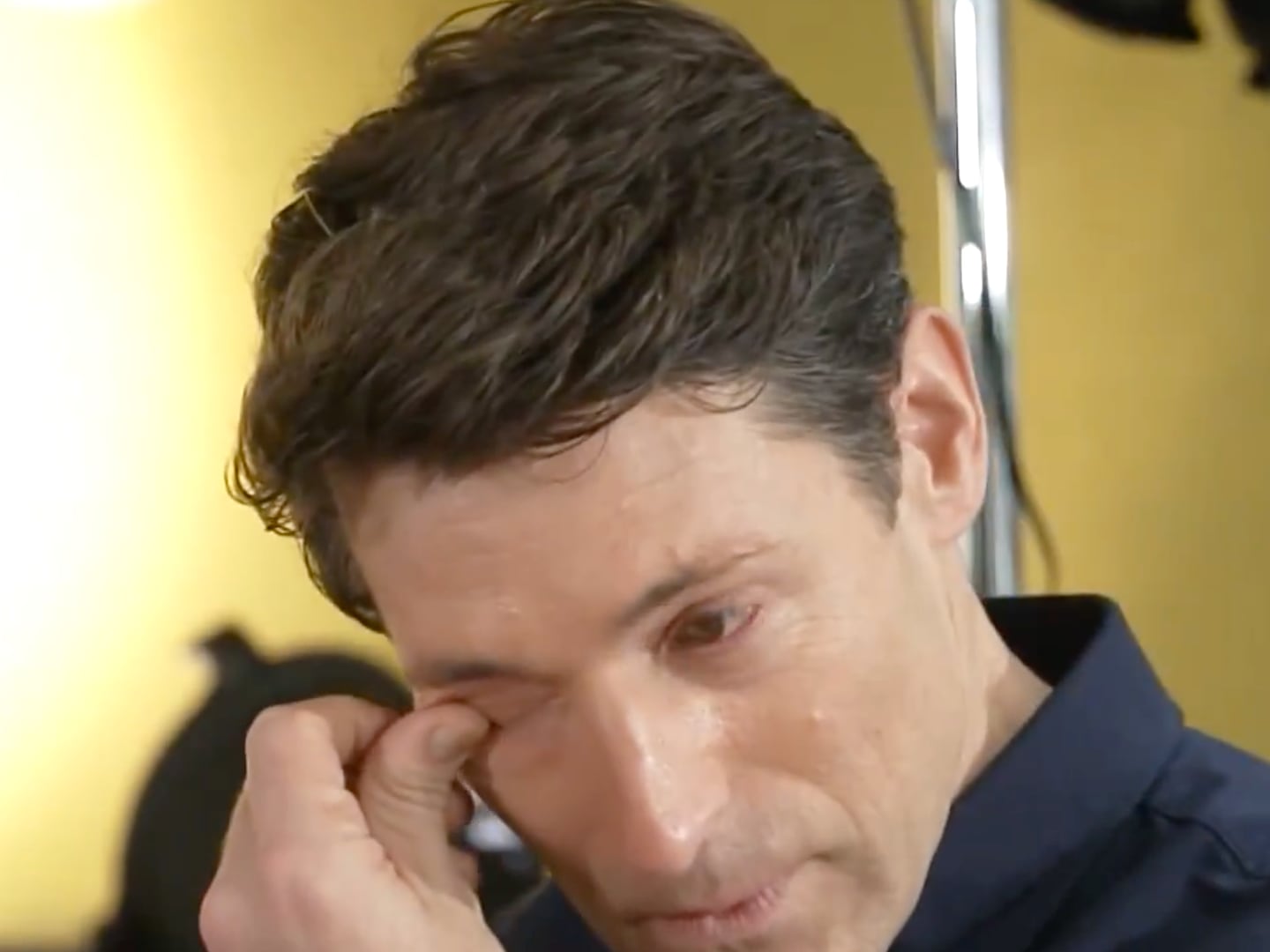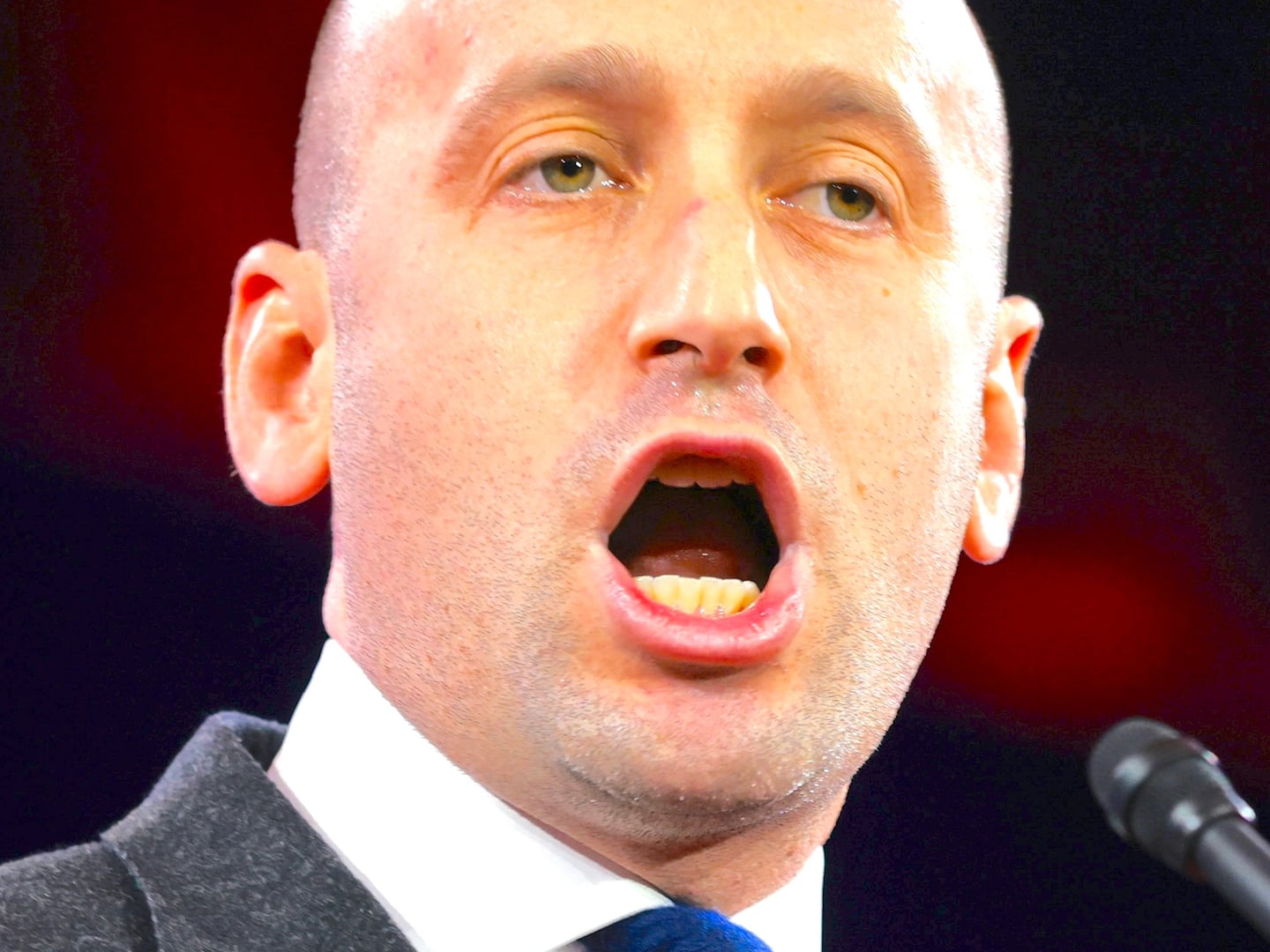In the first episode of Netflix’s latest true-crime docuseries I Am a Killer, producers sit down with James Robertson, an inmate in a Florida correctional facility who spent most of his life in prison, and is now on death row for murdering his cellmate. Robertson is charming, if a bit kooky, and engagingly loquacious. Listening to him recount his childhood, descent into crime, and subsequent incarceration, you almost forget that Robertson is a killer.
Until producers ask him about the murder. Robertson mulls it over for a minute. He admits that he was pretty confident in his ability to overpower his victim, and is matter of fact about how quickly he took to kill. According to Robertson, the whole thing took “about six minutes, five or six minutes.” He pauses for a second, then clarifies, “Four minutes, maybe.”
“I don’t feel bad about it,” Robertson adds, chuckling to himself. To producers, he says, “You think that’s really something, don’t you?”
The premise of I Am a Killer is deceivingly simple: convicted murderers, most of them on death row in states with the death penalty, share their versions of the killings in question, with prosecutors, attorneys, law enforcement officials, and friends and family also giving their thoughts on the event. What I Am a Killer recognizes, and capitalizes on, is the fact that we’re morbidly fascinated by those who’ve chosen to take someone else’s life. Letting the murderers tell their stories firsthand eliminates the plodding dreariness that plagues so many other true-crime documentaries—and lets the series get right down to it.
Robertson, the episode reveals, was arrested for burglary when he was a teenager; he was subsequently incarcerated. Once behind bars, he chafed at prison rules and regulations, acting out in a series of stabbings and riots that culminated with the murder of his cellmate and effectively ensured a life behind bars. Robertson makes no secret of his distaste for the prison system, especially the austere form of solitary confinement known as close management. Under Florida state law, inmates in close management are confined “apart from the general population, for reasons of security or the order and effective management of the institution, where the inmate, through his or her behavior, has demonstrated an inability to live in the general population without abusing the rights and privileges of others.”
Robertson spent 20 years in and out of close management, resenting the “daily humiliation” and increasing isolation he had to endure; close management was a nightmare, he says, and surprisingly, it was the inmates on death row who Robertson envied. Treated to a private exercise area, better food, and generally more freedoms (think: television and phone call access, longer visiting hours), death row inmates had it pretty good, according to a prison nurse who worked at the facility where Robertson was incarcerated.
And Robertson was eager to join them. After the guards had made their rounds one night, he strung together some socks and strangled his cellmate, a convicted pedophile named Frank Hart. “I wanted to get on death row,” Robertson says multiple times. As for close management, he explains, “I’d be a lot more sane if I hadn’t been locked in a cell for all those years.” During his murder trial, Robertson repeatedly emphasized his desire to receive the death penalty; after a pre-trial investigation agreed, he was relegated to death row. As of now, he does not have an execution date.
Robertson’s decision to apparently kill his cellmate just to get better living conditions is as twisted as it is intriguing. What’s lacking from many true-crime shows—namely, eyewitness testimony from the killers themselves and a clear motive for the crimes—forms the basis of I Am a Killer, although sometimes, the reasons for a murder aren’t so simple.
Most of the other inmates featured in I Am a Killer aren’t nearly as cold-hearted as Robertson; some of them, like Kenneth Foster Jr., didn’t even murder anyone. Foster Jr.’s conviction came from a draconian Texas law called the law of parties, wherein a person can be held criminally responsible as party to an offense if they assist or encourage the perpetrator. While everyone involved (even prosecutors) acknowledge that Foster Jr. didn’t actually kill victim Michael LaHood in 1996, he was still tried for capital murder alongside Mauriceo Brown, who admitted to the killing. Both received the death sentence; Brown was executed in 2006, while then-Texas governor Rick Perry commuted Foster Jr.’s sentence just hours before his execution was scheduled to take place in 2007. Foster Jr. is now serving a life sentence.
I Am a Killer doesn’t offer any earth-shattering revelations about why people choose to kill or commit violent crimes, but that doesn’t mean the show isn’t engaging. Some convicts, like Foster Jr. or Justin Dickens, who was just 17 when he was charged with capital murder, inspire empathy. Dickens, a strung-out street kid who fell in with a cadre of cocaine addicts, including his own mother, received the death penalty after a botched robbery attempt at a pawn shop led to the murder of a schoolteacher. Dickens maintains that he was encouraged to hold up the pawn shop by his dealer and erstwhile friend Dallas Moore, who was angry at Dickens for stealing from him and ordered him to repay his debt if he wanted to live.
A baby-faced Dickens explains that he didn’t know what else to do, and seems genuinely sorry for his actions. While he’s not entirely blameless, his remorse is palpable—and the fact that the prosecution appeared to manipulate eyewitness testimony to fit their own version of events is troubling, to say the least. Dickens is perhaps the most unsettling case, as a death sentence for a troubled 17-year-old seems pretty harsh. After the Supreme Court ruled in 2005 that the death penalty was “cruel and unusual punishment” if the perpetrator in question was a juvenile at the time of the crime, Dickens’ sentence was commuted to life in prison.
I Am a Killer emphasizes that most, if not all, of the convicts featured had difficult upbringings riddled with abusive parents and drug use. The show presents structural inequities and draconian laws as the reason many of these killers are on death row—but doesn’t completely exonerate them, either. Some criminals, like Miguel Martínez, convicted as an accomplice in a brutal triple murder apparently fueled by Satanism, are hard to empathize with.
Regardless of likeability, however, I Am a Killer gives a voice to those who don’t often get a chance to explain their side of the story. Instead of merely making them the subject, the murderers featured in the series finally have agency over their own narrative—all the while giving us a riveting, long-overdue glimpse into the mind-set of a killer.






